Photos: Modeling Scorpions' Lairs in 3D
Burrow builder
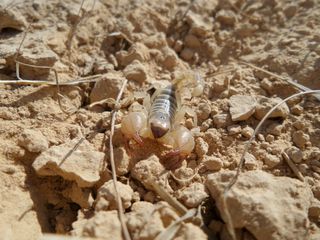
A scorpion, Scorpio palmatus, photographed in the Negev desert in Israel. Researchers examined burrow architecture of three scorpion species in Israel and Namibia, to understand how they use their underground hideaways to help them survive harsh desert conditions.
Read the full story on these tiny architects and their underground lairs
Burrow entrance
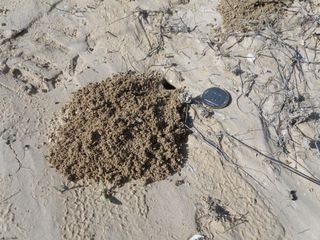
The entrance to a burrow dug by a scorpion, Scorpio palmatus, in the Negev desert in Israel.
Dwelling deep
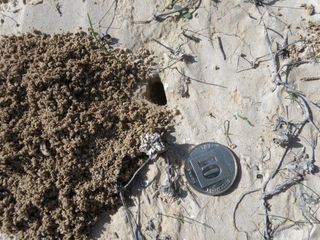
A closer view of a burrow entrance, dug by the S. palmatus scorpion. An international team of researchers investigated how scorpions design their burrows to provide refuge from the desert heat.
Burrow cast before digging

To cast scorpion burrows, the researchers heated aluminum to more than 1,200 degrees Fahrenheit (649 degrees Celsius), poured it down the burrow entrance (after first catching the scorpion), and allowed it to solidify for about 20 minutes.
Casting setup
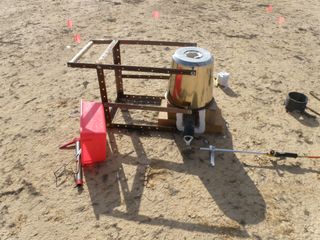
The kiln setup that the researchers used in the field to heat aluminum to more than 1,200 degrees Fahrenheit (649 degrees Celsius) so it could be used to cast scorpion burrows.
Digging burrow cast

The researchers dig out a metal cast of a burrow made by a scorpion, Scorpio palmatus, in the Negev desert in Israel.
Sign up for the Live Science daily newsletter now
Get the world’s most fascinating discoveries delivered straight to your inbox.
S. palmatus 3D burrow
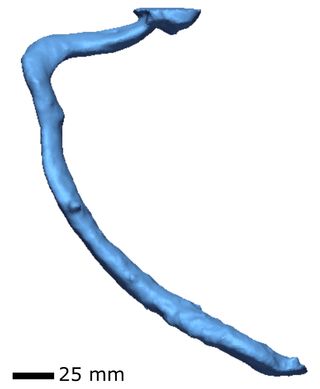
A 3D scan of a cast of a burrow dug by a scorpion, Scorpio palmatus, in Israel.
O. wahlbergii 3D burrow
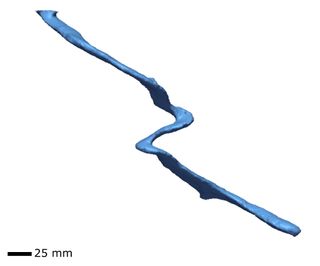
A 3D scan of a cast of a burrow dug by a scorpion, Opistophthalmus wahlbergii, from the sand dunes of the Kalahari desert in Namibia.
S. palmatus resin cast
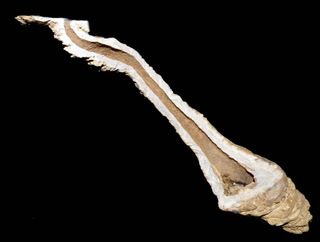
A resin cast of a Scorpio palmatus burrow and the scorpion located in the terminal chamber.
S. palmatus UV

A scorpion, Scorpio palmatus, under ultraviolet light.
Read the full story on these tiny architects and their underground lairs

Mindy Weisberger is an editor at Scholastic and a former Live Science channel editor and senior writer. She has reported on general science, covering climate change, paleontology, biology, and space. Mindy studied film at Columbia University; prior to Live Science she produced, wrote and directed media for the American Museum of Natural History in New York City. Her videos about dinosaurs, astrophysics, biodiversity and evolution appear in museums and science centers worldwide, earning awards such as the CINE Golden Eagle and the Communicator Award of Excellence. Her writing has also appeared in Scientific American, The Washington Post and How It Works Magazine.
Most Popular



